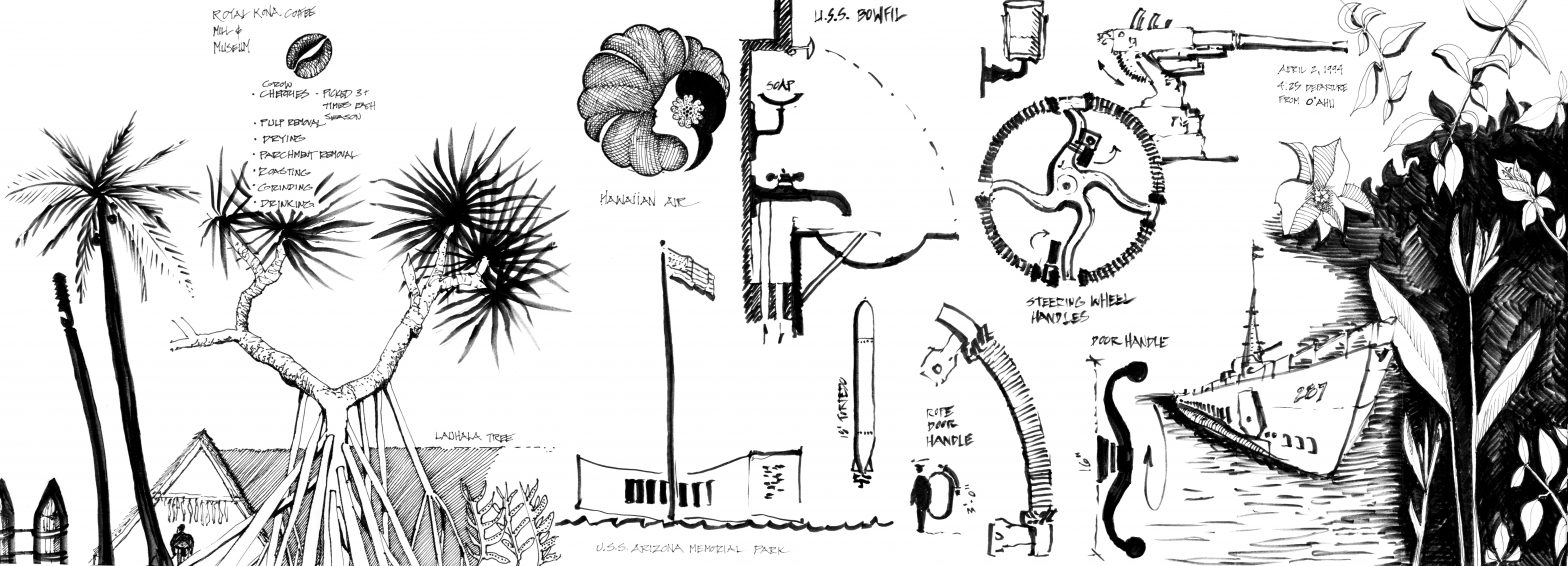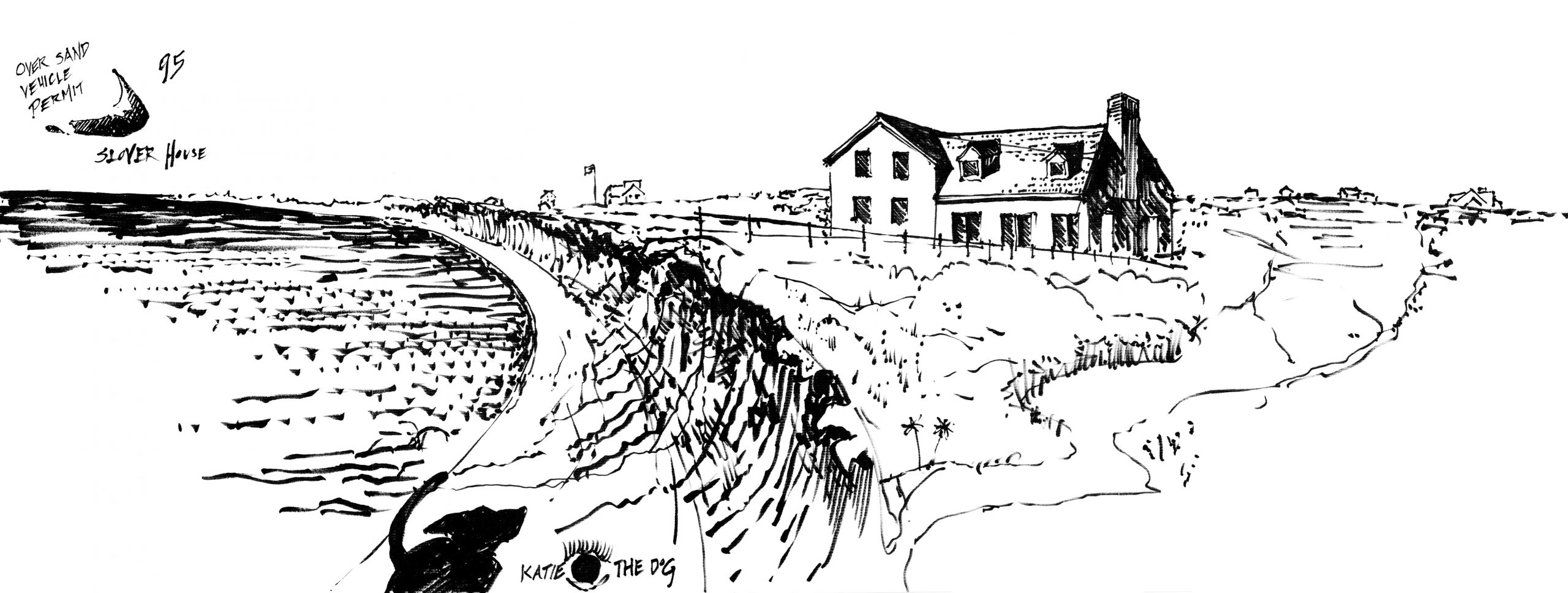10.5.Islands-1-detail-c Military Innovation Highlights Relevant to Sustainable Design:
Our military sustains our freedom with an eye on efficiency.
The tragic bombing of Pearl Harbor was a defining moment in American history, when we experienced a vulnerability that would not resurface until 9/11. I have the ultimate respect for the men and women who serve in our US Armed Forces; 1 percent of our population defends the other 99 percent. Our US military not only defends the freedoms that we civilians too often take for granted, but the military is also one of the greatest catalysts for innovation that has a ripple effect to the private sector. The military also often takes a first mover position for inventions. Certainly, in our case with the LED technology, we were pleased to see that the US Navy saw the advantages of our energy savings before so many others. They led by example.
Two decades after my visit to Pearl Harbor, we started providing our LED lights for the US Navy Military Sealift Command (MSC). The USNS Comfort (T-AH-20), the Mercy-class hospital ship, was the first to install our made-in-America technology. Walking the 894-foot length of this massive ship reminded me of my first experience on US Navy vessels in Hawaii.
The US Navy and the Department of Defense consume a lot of energy. The US Navy uses massive amounts of diesel fuel to power the ships that are not nuclear, and in many cases, the ships have duel generators for propulsion and onboard power consumption. The generators are basically like floating power plants that drink up diesel fuel at high levels. Lighting is a major percentage of the nonpropulsion energy consumption. So by cutting the demand for energy by 50 percent or more with the LEDs, we are able to reduce the consumption of diesel fuel by the same ratio as the lighting.
- lower operating cost for the US Navy
- lower taxpayer burden on supporting the US Navy
- lower stress and maintenance cost impact on the older ships’ generators
- lower CO2 emissions from the ships
- more resource allocation to the war fighter instead of diesel fuel
- more American jobs to make the LED lights
Author and illustrator: Charlie Szoradi is an architect, inventor, and the CEO of Independence LED Lighting. He writes about many other topics related to military innovation through his extensive travels around the world.
If you have found this posting online, it is an excerpt from Mr. Szoradi’s book Learn from Looking that served as the inspiring seed content for this drawing share resource. For additional drawings and insights on inventions and military innovation, we hope that you enjoy exploring LearnfromLooking.com. You can search via general terms such as sustainability as well as narrower terms such as US Navy, military innovation, and LED lights.



